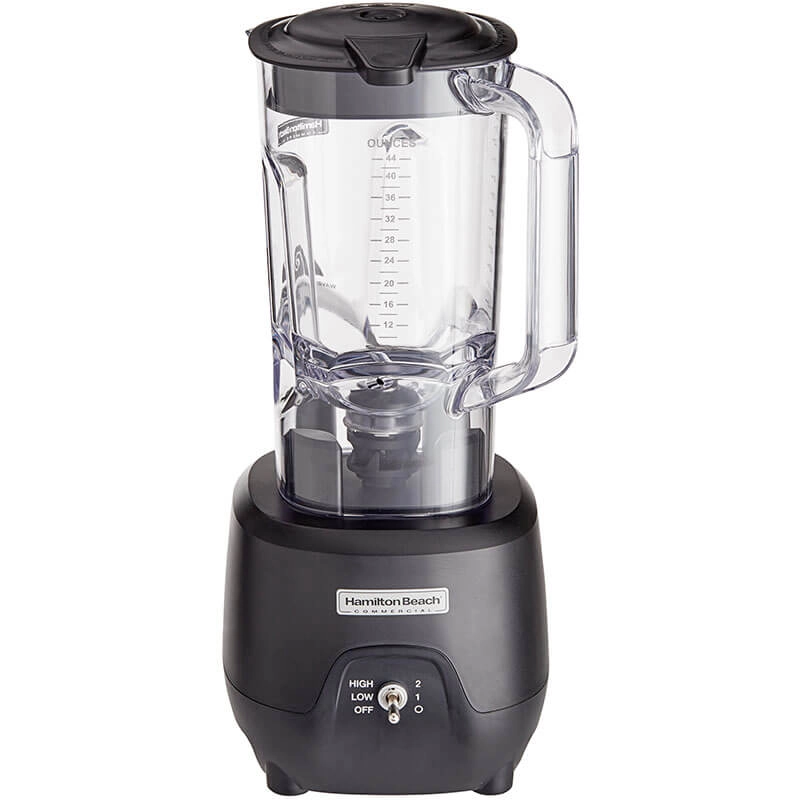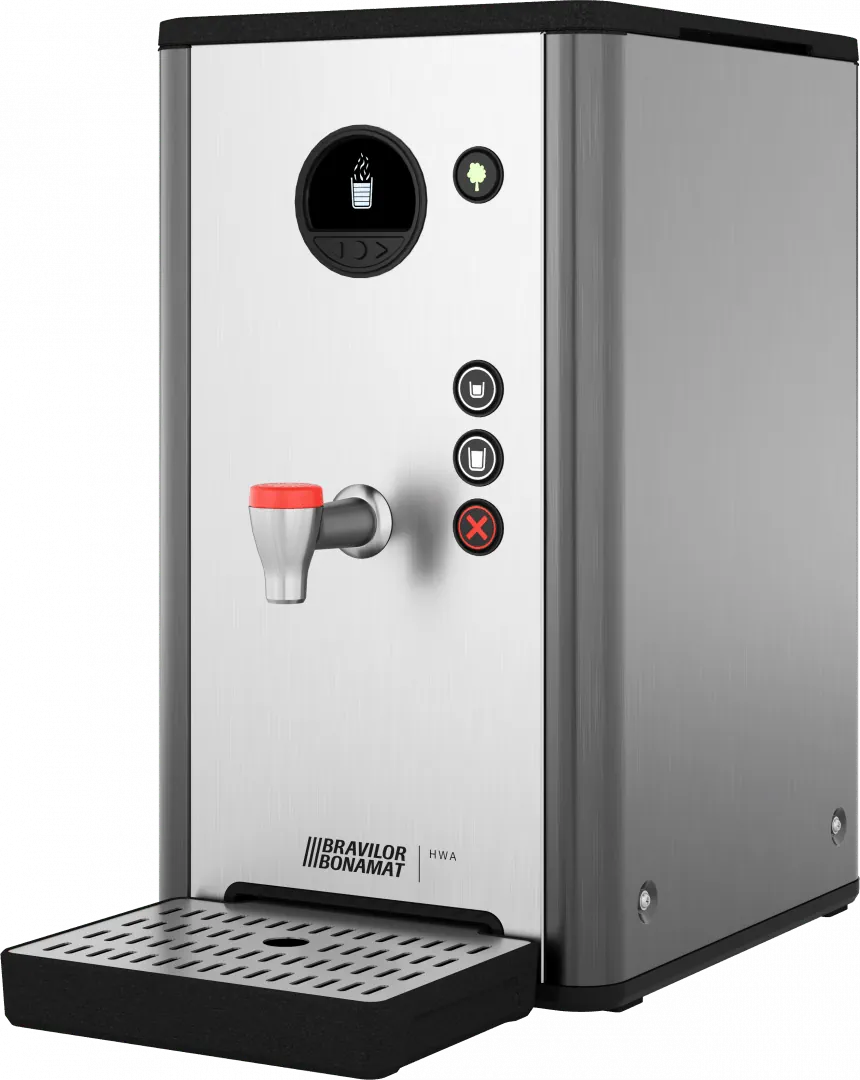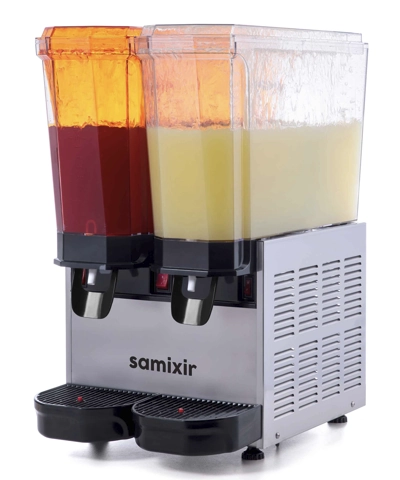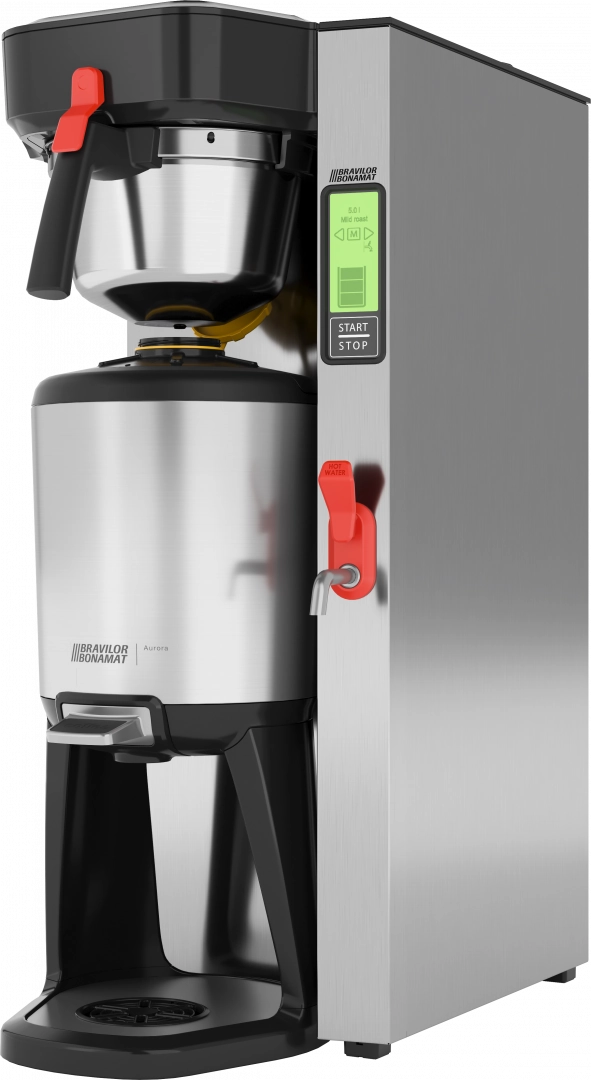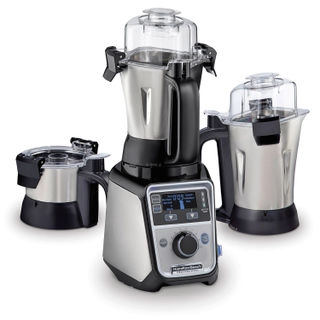
- Home
- Commercial Coffee Machines (Barista & Automatic) – Turnkey Contracting & OS&E Integration
Cooking Equipments
Commercial Coffee Machines (Barista & Automatic) – Turnkey Contracting & OS&E Integration
Bar & Beverage Equipments Made in Turkey
Commercial Coffee Machines (Barista & Automatic) – Turnkey Contracting & OS&E Integration
☕ Field Insights – Coffee Stations in Real Projects
In a Tanzania hotel breakfast hall, two baristas struggled with a semi-auto coffee machine that couldn’t keep up with 300 morning guests. Guests queued, milk frothers overheated, and service collapsed. We seen this many times in resorts, cafés, and corporate canteens. The real solution is a combination of barista coffee machines, bean-to-cup units, and professional grinders designed for high-volume hospitality use.
As a Turkey-based contracting company, we integrate global premium brands into turnkey hotel and resort projects. Consultants, procurement managers, and kitchen designers rely on us to align BOQs, MEP drawings, and workflow layouts. From Istanbul to international resorts, our scope ensures reliable coffee service for commercial kitchens and FOH bars.
1-Year Factory Warranty
Service in 90+ countries
Spare parts in Turkey, UAE
Coffee Service in Hotels & Resorts
Hotels and resorts rarely have a single coffee profile; breakfast buffets, lobby cafés, banquet pre-function areas, and staff canteens all behave differently. We’ve seen venues where a barista corner shines, yet the buffet line collapses because bean-to-cup capacity was underestimated. A hybrid stack usually wins: barista machines for FOH craft, bean‑to‑cup for volume, and grinders to stabilize extraction.
Throughput planning matters. If 60% of daily demand hits between 07:00–09:00, stations must sustain 120–300 cups/hour depending on guest count. It doesn’t help to buy a premium machine if milk fridges, cup warmers, and water supply are undersized. We size accessories, power, and drainage so the bar keeps flowing when queues grow.
Turkey-managed contracting isn’t about the machine origin; it’s about Turkey‑based project delivery. From Istanbul we coordinate FOH layouts, BOH utilities, OS&E, and training so commercial kitchen teams and front‑of‑house staff operate as one line.
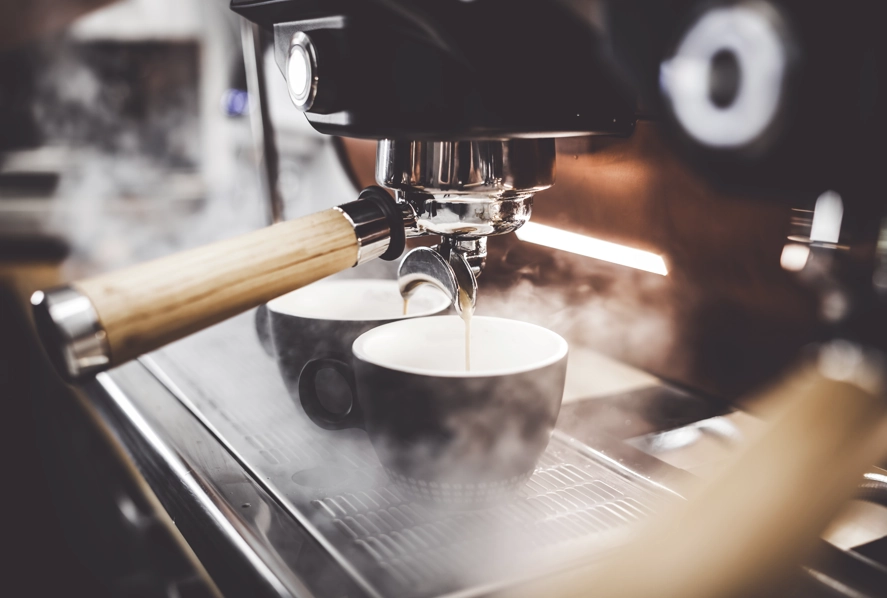
📑 Integration with Consultant Specifications
Consultants specify performance, not just brands. We map BOQ line‑items to real utilities: water (3/4″), drainage, power (220–240V 1‑phase or 380–415V 3‑phase where required), ventilation clearances, and countertop cut‑outs. Specs don’t always match reality; we verify on site and adjust with marked‑up drawings so installation day has zero surprises.
Quality in the cup begins with water. We include filtration & softening tuned to target TDS (often 70–150 ppm for espresso profiles) to protect boilers and stabilize taste. For industrial kitchen back‑lines we coordinate MEP sleeves, shut‑off valves, and HACCP flows with the catering team.
Documentation is part of delivery: CE declarations, country‑of‑origin letters, serial lists, FAT/inspection photos, and as‑built MEP. This keeps tenders compliant and accelerates handover.
ROI & Operational Cost Savings
Coffee stations impact labor, energy, and waste. A bean‑to‑cup unit that saves 20 seconds per drink at 250 drinks/peak equals ~1.4 staff‑hours saved per breakfast. Over a month, that’s a full shift. Grinders with consistent burr sets reduce under‑extraction, cutting bean waste by 5–10%; one Antalya resort saw ~15% less bean use after calibration.
Energy adds up. Auto‑standby and insulated boilers trim consumption by 10–18% versus outdated machines. If utility cost is 0.12–0.18 €/kWh, annual savings are significant. ROI typically lands between 12–24 months depending on labor rates and volume. And if workflow is wrong, ROI never comes—layout beats spec sheets every time.
We model TCO (total cost of ownership) across 5 years—machines, water treatment, cleaning consumables, and planned maintenance—so procurement can defend their choice.
Hygiene & HACCP Standards in Coffee Stations
Daily SOPs keep stations safe and fast: purge & backflush, milk line cleaning cycles, wipe steam wands after every use, empty drip trays before service, and sanitize knock‑boxes. Weekly cycles include descaling (as needed), shower‑screen changes, grinder burr inspection, and logbook checks. We provide laminated SOPs because if routines live only in someone’s head, they get lost on busy mornings.
Milk is the risk point. Fresh‑milk automatics must run cleaning programs at close of day; we set reminders in the UI so the team can’t miss it. For industrial kitchens, we align dirty/clean flows to HACCP maps and specify non‑slip mats, drainage, and hand‑wash proximity.
Spare kits matter: gaskets, shower screens, group brushes, food‑safe sanitizer. Without them, downtime appears right when the lobby is full.
Export & Logistics – Managed from Istanbul
We plan logistics early: Incoterms (EXW/FOB/CIF), packaging, voltage & plug types (Schuko/BS), and counter heights for installation. Pre‑shipment inspection (PSI) with serial capture prevents on‑site surprises. It doesn’t matter if the paperwork is perfect—if the plug is wrong, service stalls.
For Africa and the Middle East we coordinate LCL/FCL containers, air freight for urgent handovers, customs HS codes, and CE/SGS documentation. We also preload barista kits, water filters, and spare burrs in the same shipment to cut future delays.
Our Istanbul hub syncs with site contractors so MEP first‑fix is done before machines arrive, keeping programs on time.
🌍 Where They Work Best
- Resort buffets in Maldives – bean‑to‑cup banks sized to 250–300 cups/hour per line; self‑service UI in 2–3 languages for guest comfort.
- Hotel cafés in Istanbul – barista machines for signature drinks; grinders with 75–85 mm burrs stabilize latte art service through rush.
- Corporate canteens in Dubai – dual automatics per station plus a backup grinder; industrial kitchen back‑lines feed satellite counters on each floor.
These patterns repeat globally, but we always right‑size to guest mix and dwell time so capacity matches reality.
❓ FAQ – Commercial Coffee Machines
1. What’s the difference between semi-auto and bean-to-cup machines?
Semi-auto requires barista skill; bean-to-cup works with one button.
2. How many cups per hour can automatic machines produce?
Most produce 100–300 cups/hour depending on model.
3. Do grinders really impact coffee taste?
Yes. Grind consistency defines coffee extraction and flavor.
4. Do you integrate machines per consultant BOQs?
Yes. We adapt premium brands into consultant specifications and layouts.
5. What about maintenance in resorts and remote projects?
We provide training, spare parts, and remote support for global sites.
💬 Real Projects & Client Testimonials – What Our Partners Say

